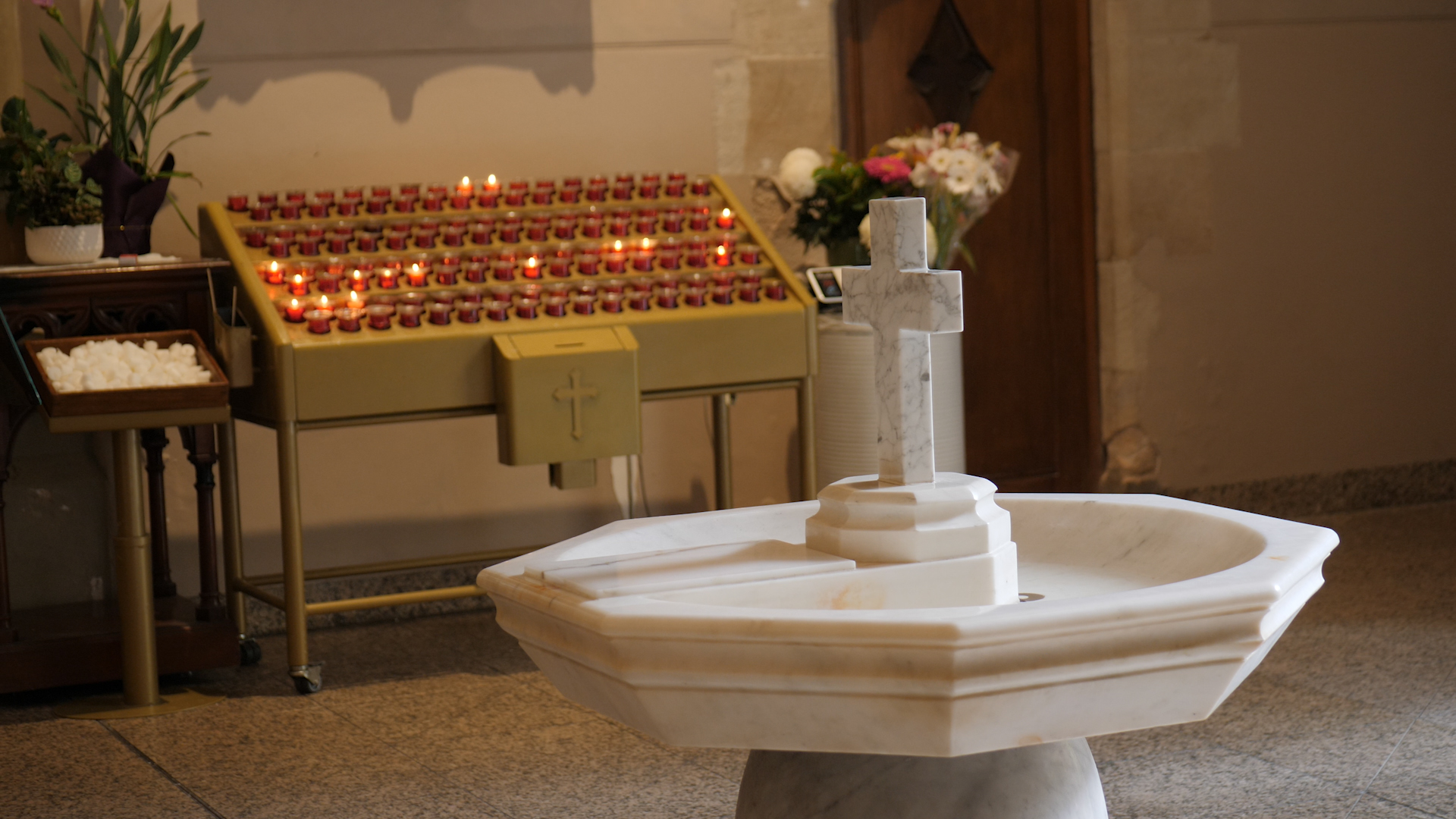During NAIDOC Week we join Dr Mayrah Dreise, Brisbane Catholic Education Senior Manager of Aboriginal and Torres Strait Islander Education, to reflect on the connection between the First Nations community and the Catholic Church in South-east Queensland, and how the names of many Brisbane locations are derived from Turrbal words. As we celebrate NAIDOC Week, and its theme of ‘Keep the Fire Burning,’ we pay tribute to the resilience and unity of these communities, promoting solidarity and respect.
NAIDOC Week: How Brisbane got its names – Dr Mayrah Dreise
Many suburbs and places in Brisbane have names derived from Turrbal words.
Woolloongabba is derived from either woolloon-capemm meaning “whirling water”, or from woolloon-gabba meaning “fight talk”.
Toowong is derived from tuwong, the onomatopoeic name for the Pacific koel.
Bulimba means “place of magpie-lark”.
Indooroopilly is derived from either nyindurupilli meaning “gully of the leeches”, or from yindurupilly meaning “gully of running water”.
Enoggera is a combination of the words yauar-ngari meaning “song and dance”.
The relationship between Aboriginal people and the Catholic Church in Queensland has a complex history. The early Catholic Church in Australia was stretched with establishing itself in cities and ministering to convicts and Irish settlers. However, Archbishop Polding did establish a mission at Stradbroke Island in 1843. It was ultimately unsuccessful but an Indigenous Catholic community arose from there later. John Paul II recognises that the relationship of the Church and Aboriginal people and Torres Strait Islander peoples remains vital but that it is also difficulty because of past and present injustices as well as cultural differences.
Today we join hearts and hands in honouring NAIDOC Week, embracing this year’s theme, ‘Keep the Fire Burning.’ This theme invites us to celebrate the unyielding spirit and enduring strength of Aboriginal and Torres Strait Islander peoples. Together, let us ignite the flame of solidarity, respect, and unity.
